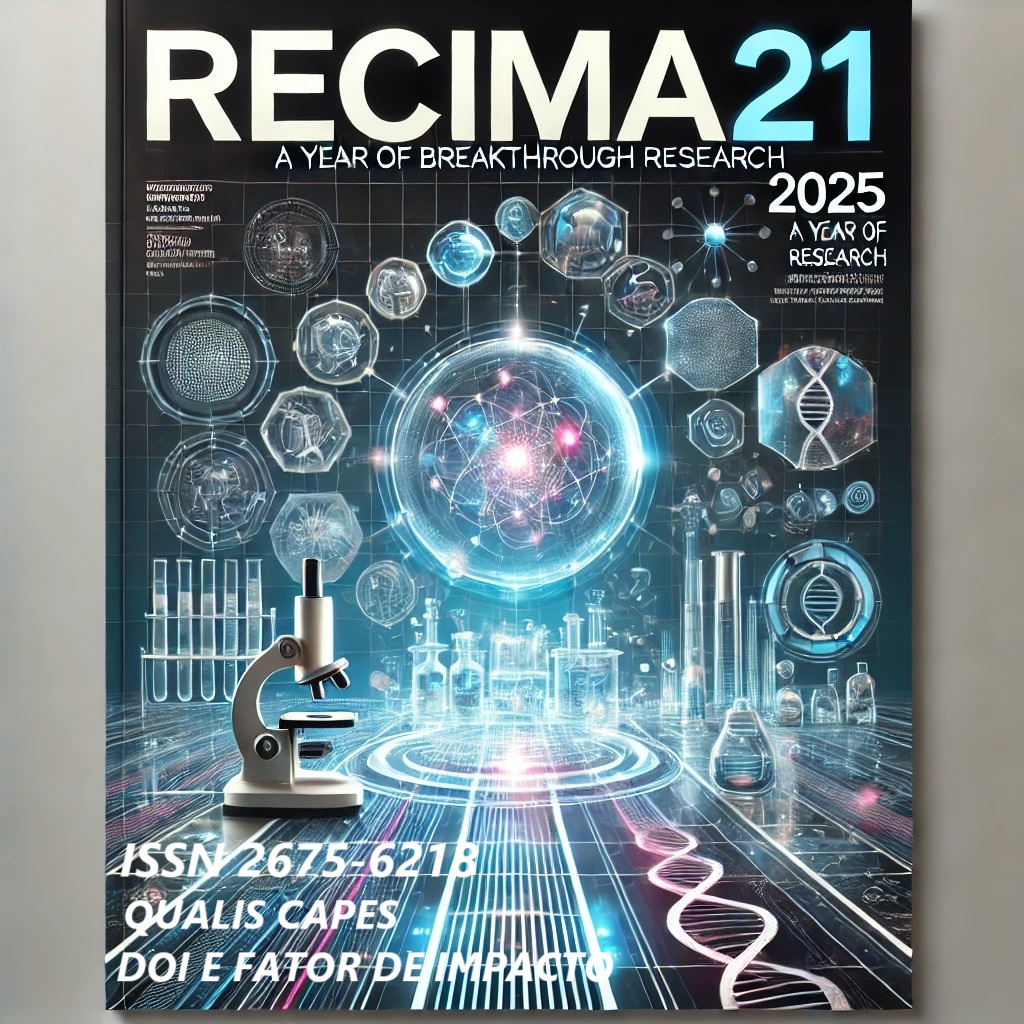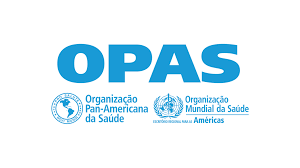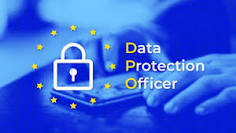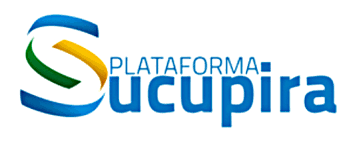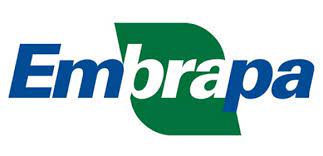AN ANALYSIS OF OPERATIONAL STRATEGIES OF ROCK TROOPS IN CROWD CONTROL
DOI:
https://doi.org/10.47820/recima21.v6i2.6265Keywords:
Crowd management, crowd control, Riot Police, use of force, operational strategies.Abstract
Crowd management is one of the main challenges of public safety, requiring strategic planning and specialized training of police forces to contain and disperse large groups without compromising order and the safety of those involved. In this scenario, the Riot Squad plays an essential role, adopting tactics that range from preventive actions to direct intervention, always seeking to minimize damage and reestablish public order, regaining control of the situation. One of the critical factors in this process is the police presence, which can both deter disturbances and, in some situations, intensify tension, depending on the stance adopted and the way in which the troops are positioned in the operational environment. This article explores the strategies used by the Riot Squad, going through the Guidelines that guide the use of force in the Military Police of Paraná, as well as the Operations Manual for Crowd Control of the Military Police of Paraná. In addition, strategies to minimize conflicts and improve crowd management are discussed, including mediation with leaders, selective use of force and tactical positioning of the troops. Finally, the article establishes parallels between the Selective or Differentiated Use of Force and the Priority of Employment of Means, concepts used, respectively, by the Military Police in responding to day-to-day incidents and by the Riot Squad in any and all Riot Squad actions. The correct application of these operational strategies allows for the conduct of safe operations, protecting both the integrity of the police officers and of others involved.
Downloads
References
BRASIL. Constituição (1988). Constituição da República Federativa do Brasil de 1988. Brasília, DF: Presidência da República,1988.
BRASIL. Portaria Interministerial nº 4.226 – 31 dez. 2010. Estabelece Diretrizes sobre o Uso da Força pelos Agentes de Segurança Pública. Conjur, 2010.
BRASIL. Resolução nº 06 da Secretaria de Direitos Humanos: Dispõe sobre recomendações do Conselho de Defesa dos Direitos da Pessoa Humana para garantia de direitos humanos e aplicação do princípio da não violência no contexto de manifestações e eventos públicos, bem como na execução de mandados judiciais de manutenção e reintegração de posse. [S. l.: s. n.], 2013.
CRESWELL, J. Projeto de Pesquisa: métodos qualitativo, quantitativo de misto: Métodos Qualitativo, Quantitativo. 3. ed. Porto Alegre: Penso, 2007.
MACHADO, Amalia. Método qualitativo: O que é e como fazer uma pesquisa qualitativa?. [S. l.]: Acadêmica, 2023. Disponível em: https://www.academica.com.br/post/m%C3%A9todo-qualitativo-como-fazer. Acesso em: fev. 2025.
PMESP. Comando Geral. M-8-PM: Manual de Controle de Multidões da Polícia Militar do Estado de São Paulo. 5. ed. São Paulo: PMESP, 2018.
POLÍCIA MILITAR DO PARANÁ. Diretriz nº 004/ 2015 – 21 set. 2015 – PM/3. Uso Seletivo ou Diferenciado da Força no Âmbito da PMPR. Curitiba: PMPR, 2015.
POLÍCIA MILITAR DO PARANÁ. Diretriz nº 008/ 2022 – 18 maio 2022 – PM/3. Operações de Polícia de Choque no Âmbito da Polícia Militar do Estado do Paraná. Curitiba: PMPR, 2022.
REDAÇÃO MERGO. Como analisar dados qualitativos com John W. Creswell. [S. l.]: Mergo, 2021. Disponível em: https://www.mergo.com.br/blog/ux-research/como-analisar-dados-qualitativos-com-john-w-creswell/. Acesso em fev. 2025.
SILOTO, Paulo Renato Aparecido. Manual de Operações em Controle de Multidões. PARANÁ: [s. n.], 2022.
Downloads
Published
License
Copyright (c) 2025 RECIMA21 - Revista Científica Multidisciplinar - ISSN 2675-6218

This work is licensed under a Creative Commons Attribution 4.0 International License.
Os direitos autorais dos artigos/resenhas/TCCs publicados pertecem à revista RECIMA21, e seguem o padrão Creative Commons (CC BY 4.0), permitindo a cópia ou reprodução, desde que cite a fonte e respeite os direitos dos autores e contenham menção aos mesmos nos créditos. Toda e qualquer obra publicada na revista, seu conteúdo é de responsabilidade dos autores, cabendo a RECIMA21 apenas ser o veículo de divulgação, seguindo os padrões nacionais e internacionais de publicação.

